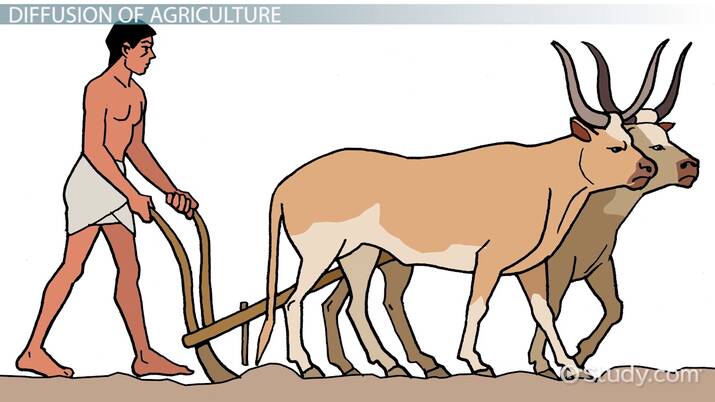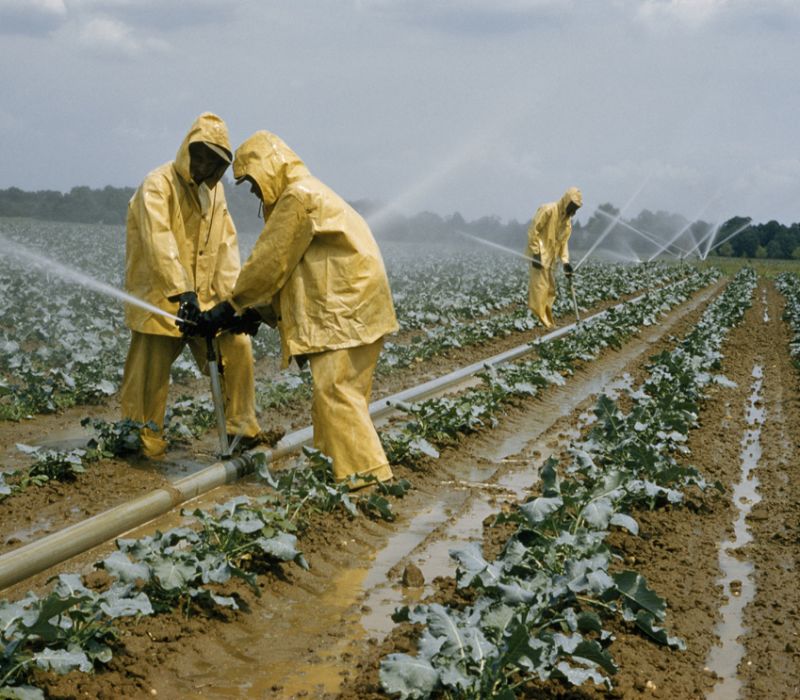Understanding Agricultural Hearths: Exploring the Best Definition
Agricultural hearths play a significant role in the development of human civilization. They are the birthplaces of agricultural practices and have shaped societies for millennia. In this article, we will delve into the best definition of agricultural hearths, their importance, and their impact on human history.
1. What are Agricultural Hearths?
Agricultural hearths refer to specific regions where agriculture originated and flourished.
These areas witnessed the first domestication of plants and animals, leading to the development of settled farming communities.
They are considered the birthplaces of agriculture and have profoundly influenced the course of human history.

Agricultural Hearths
2. Origins and Importance:
The origins of agricultural hearths can be traced back to various regions across the globe.
Some notable examples include the Fertile Crescent in the Middle East, the Yangtze River Valley in China, the Indus Valley in South Asia, Mesoamerica, and the Andean region in South America.
These regions provided the ideal environmental conditions for early humans to transition from a hunter-gatherer lifestyle to an agrarian one.
3. Characteristics of Agricultural Hearths:
Agricultural hearths typically exhibit certain characteristics that made them suitable for the development of agriculture.
These include fertile soil, access to water sources, favorable climate, diverse flora and fauna, and the presence of wild plant and animal species that could be domesticated.
The combination of these factors allowed for the cultivation of crops and the domestication of animals.
4. Impact on Human History:
The emergence of agriculture in these hearths had far-reaching consequences for human society.
It led to a transition from nomadic lifestyles to settled communities, as people began to cultivate crops and raise livestock.
The surplus food production provided stability and allowed for population growth.
Agricultural hearths also acted as centers for innovation, leading to advancements in technology, trade, and social organization.
5. Spread of Agricultural Practices:
From their origins in agricultural hearths, farming techniques and practices spread to neighboring regions and beyond.
This diffusion of agricultural knowledge played a crucial role in the spread of civilizations and the establishment of trade networks.
As agricultural practices spread, they adapted to local conditions, leading to the diversification of crops and farming systems worldwide.

The Development of Agriculture
6. Examples of Agricultural Hearths:
a. Fertile Crescent:
Often considered the cradle of agriculture, the Fertile Crescent encompassed modern-day Iraq, Syria, Jordan, Lebanon, Israel, and Palestine.
It witnessed the domestication of crops like wheat, barley, and legumes, and the taming of animals such as goats and sheep.
b. Mesoamerica:
The ancient civilizations of the Mayans, Aztecs, and Incas emerged in Mesoamerica, which includes present-day Mexico and Central America.
Maize, beans, and squash were among the crops domesticated in this region.
c. Yangtze River Valley:
China's Yangtze River Valley was an agricultural hearth where rice cultivation originated.
It played a vital role in shaping Chinese civilization and supporting a large population.

Yangtze River Valley
Agricultural hearths are the foundations of human agriculture, representing the birthplaces of cultivation and domestication. Understanding their significance helps us appreciate the historical and cultural impact they have had on societies worldwide. By studying agricultural hearths, we gain insights into the origins of farming and its ongoing influence on our modern lives.